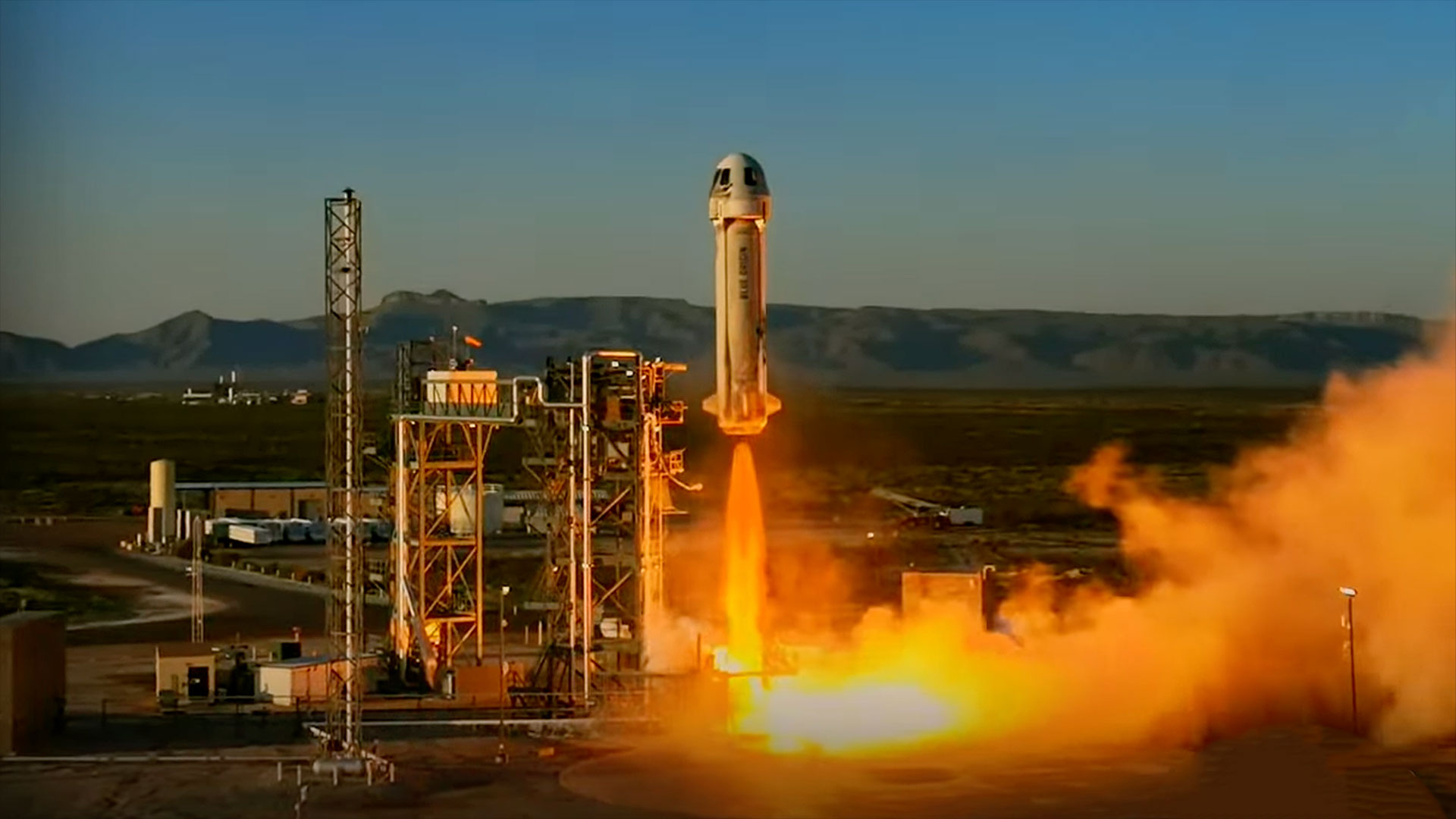Deadly Alabama tornado 'supercell' spotted in satellite imagery
The severe storms in Alabama this week are visible even from space.
The National Oceanic and Atmospheric Administration's GOES East satellite captured an animation of a "supercell" creating a large tornado in central Alabama, near Brent and Centerville. "In the 16-second timelapse, you can see the lightning that accompanied the storm during March 25," NOAA tweeted Friday (March 26).
Earlier Friday, several tornadoes touched down in the state, killing at least six people and leaving effects for local populations across the state ranging from no power, to torn-down houses, to downed trees, according to the New York Times.
Photos: The Most Powerful Storms of the Solar System
The National Weather Service has reported several tornadoes in Alabama, including one that touched down near Birmingham and migrated more than 100 miles (160 kilometers) to the northeast, the Times added. The Huntsville branch of NWS forecast "strong to severe storms" later Friday night and also again on Saturday night. "Cooler and drier to start next week," the service added in a tweet Friday.
Satellites are commonly used to help forecasters map and predict severe weather and ideally, to create early warning systems to keep local populations safe amid rapidly changing weather forecasts. Astronauts on the International Space Station sometimes supplement satellite observations with their own photography, as time permits, although no tweets about the Alabama storm have appeared yet from the Expedition 64 crew.
Back on the ground, NASA's Marshall Space Flight Center – near Huntsville – sent any employees on-campus to work from home, although most were likely at their living quarters anyway due to the ongoing coronavirus pandemic.
Breaking space news, the latest updates on rocket launches, skywatching events and more!
"Marshall started an orderly dismissal of employees & on-site operations at noon today due to weather," Marshall tweeted around 12:45 p.m. local time. "Check for status updates in case there are further changes to the center's status. All employees should check with their supervisors & check their email for more info. Stay safe!"
Follow Elizabeth Howell on Twitter @howellspace. Follow us on Twitter @Spacedotcom and on Facebook.

Elizabeth Howell (she/her), Ph.D., was a staff writer in the spaceflight channel between 2022 and 2024 specializing in Canadian space news. She was contributing writer for Space.com for 10 years from 2012 to 2024. Elizabeth's reporting includes multiple exclusives with the White House, leading world coverage about a lost-and-found space tomato on the International Space Station, witnessing five human spaceflight launches on two continents, flying parabolic, working inside a spacesuit, and participating in a simulated Mars mission. Her latest book, "Why Am I Taller?" (ECW Press, 2022) is co-written with astronaut Dave Williams.

